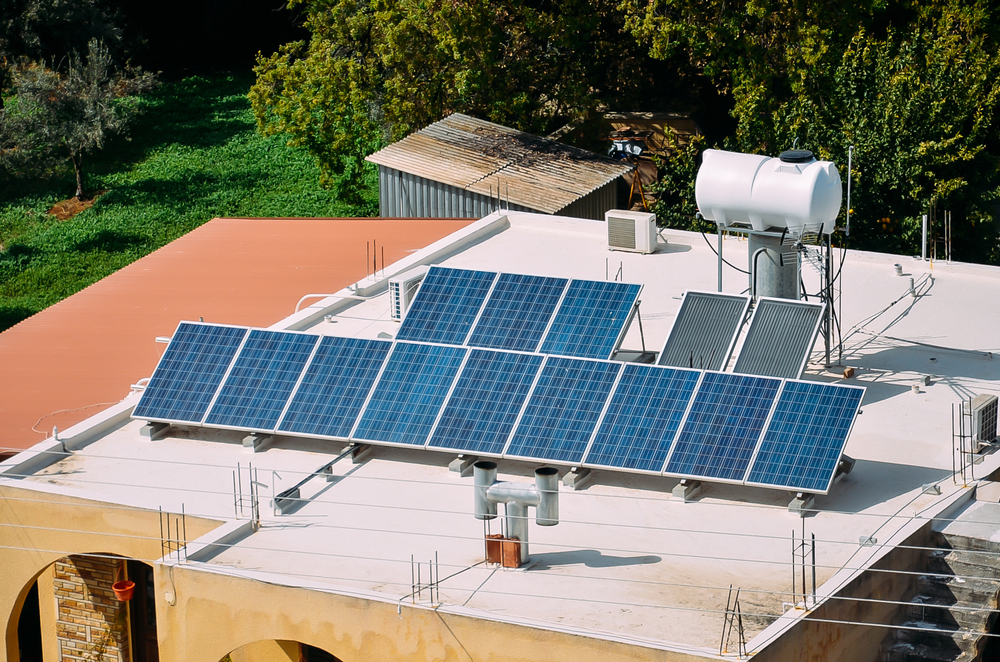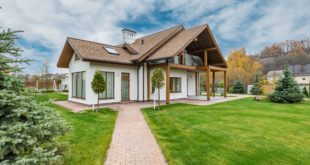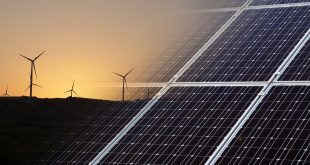By Michael Tobias
There’s been a lot of hype about green building and green houses recently and with good reason. I’m not talking about greenhouses constructed for growing plants, but green buildings that are designed and constructed to be sustainable and healthy. They are also environmentally friendly and a lot cheaper to run and maintain.
About Green Building
Also known as high-performance and sustainable building, the process of green building creates structures and uses processes that are both resource-efficient and environmentally responsible throughout the entire lifecycle of the building. This means that everything relating to the lifespan of the building must be considered from where the building is sited, its design and construction, operation and on-going maintenance, its renovation, restoration, or refurbishment, and demolition or deconstruction – not just the classical concerns that relate to economy, durability, utility, and comfort.
For this reason, you will need to consult with professionals with green building experience, including a company that specializes in mechanical engineering services.
Green buildings, including residential homes, are designed so that they will reduce the recognized impact so commonly made by the built environment on the natural environment and human health by:
- Using water, energy, materials, and other resources efficiently.
- Protecting the health of those who live and work in buildings. This also improves the productivity of employees.
- Reducing the negative effects on the environment including waste, air, water, and indoor pollution, stormwater runoff, noise (which is also a form of pollution), and the creation of heat islands in urban areas.
So, if you want to build a green house, some ways you could do this would be to:
- Use sustainable materials for building, including recycled content or materials made from renewable resources.
- Create a healthy indoor environment with reduced product emissions and minimal pollutants.
- Develop a garden or outdoor area that reduces the need for water usage and features native or indigenous plants.
While the field of green building in the U.S. only dates from the 1990s, some practices, including the use of renewable and local materials and the concept of passive solar design, have been in use for millennia. The contemporary green building movement originated in the 1960s and 1970s with a need and desire to find and use building practices that were more environmentally friendly and energy-efficient, as well as to find attested and reliable sources of renewable energy.
Why You Should Build a Green House
Assuming you are planning to build a house, there are many reasons why it should be “green.” Benefits relate to the environment, health and quality of life, as well as finances.
The Environmental Protection Agency (EPA) points out the tremendous impacts that buildings have in the U.S. For example, buildings are responsible for:
- 68% of the country’s total electricity consumption
- 39% of the total use of energy
- 38% of carbon dioxide emissions
- 12% of all water consumption
But by going green, and adopting proven strategies that increase sustainability, we can start to turn things around and maximize environmental and economic performance.
Consider the vast impact that the built environment (which includes all man-made structures from our houses and skyscrapers to bridges and sidewalks) has on human health, the natural environment, and the economy of the country.
While green practices and processes can be incorporated into buildings at any time, it is best to apply an integrated approach from the beginning of a building project.
Direct benefits for property owners who build green houses include:
- An improvement in the quality of water and air in the home.
- A reduction of waste streams.
- A reduction in operating costs including monthly utility bills.
- Optimization of the economic performance of the building throughout its life, which is a strong economic benefit.
- Improved comfort and a more healthy indoor environment.
- Improvement of the aesthetic qualities of the building.
- An improvement in the overall quality of life.
Additionally, environmental benefits include the conservation and restoration of natural resources as well as the enhancement and protection of ecosystems and biodiversity.
Important economic benefits also include the potential to create, shape, and expand markets for green services and products, and the ability to improve the productivity of occupants, which is important when the building is used for commercial or industrial purposes.
Another social benefit is that going green minimizes strain on the local infrastructure. The advantage for homeowners might not be immediately obvious, but there is a knock-on advantage down the line.
So those are some of the advantages, but how do you go about building a green home? Here are some pointers.

Know What Makes a Building Green
Green buildings are ecologically and resource-efficient. They are designed to meet very specific objectives including:
- Protection of the health of those who will occupy the building.
- Efficient use of water, energy, and other resources.
- Reduction of the overall impact of the building on the environment.
As already stated, it is vital to consider the entire lifecycle of the building. It must be sited for advantage, and energy, materials, and water efficiency are all keys to success. It doesn’t matter whether the building is going to be used for a business, as a commercial or industrial base, or as a home, sustainable “green” principles apply.
As a property owner, you will employ professionals to help make your green house a reality. This includes a designer, usually an architect, as well as engineers who deal with plumbing, electrics, and elements of heating, ventilation, and air conditioning (HVAC), or a company like New York or Chicago Engineers that offers superior mechanical engineering services. They will be able to establish a vision of the sustainable principles and integrated design approach required.
You will, of course, also need a construction team that is able to achieve the goals set by your design team in terms of the project schedule.
The EPA has several programs that provide valuable resources that can be used to help property owners learn more about green building and what it entails. Of course, with the right professionals helping you, your house will meet the requirements of sustainability and performance on the level agreed upon.
But you will also play a vital role in choosing greener products to make sure your home will run efficiently. These include appliances, fixtures and fittings, and lighting. ENERGY STAR is a good starting point, and there is a lot of information and a myriad of guidelines to help you make the right choices.
Having built a green house isn’t the end of the road either. You also need to live sustainably and to reduce, reuse, and recycle as much as you can. But then, going green is a journey, and if enough people commit to it, the world will hopefully become a better place.
 Michael Tobias is the founder and principal of Nearby Engineers and New York Engineers, an Inc 5000 Fastest Growing Company in America. He leads a team of more than 30 mechanical, electrical, plumbing, and fire protection engineers from the company headquarters in New York City, and has led numerous projects in New York, New Jersey, Chicago, Pennsylvania, Connecticut, Florida, Maryland, and California, as well as Singapore and Malaysia. He specializes in sustainable building technology and is a member of the U.S. Green Building Council.
Michael Tobias is the founder and principal of Nearby Engineers and New York Engineers, an Inc 5000 Fastest Growing Company in America. He leads a team of more than 30 mechanical, electrical, plumbing, and fire protection engineers from the company headquarters in New York City, and has led numerous projects in New York, New Jersey, Chicago, Pennsylvania, Connecticut, Florida, Maryland, and California, as well as Singapore and Malaysia. He specializes in sustainable building technology and is a member of the U.S. Green Building Council.

 Alternative Energy HQ solar power for homes, wind energy, and bio fuel issues
Alternative Energy HQ solar power for homes, wind energy, and bio fuel issues








